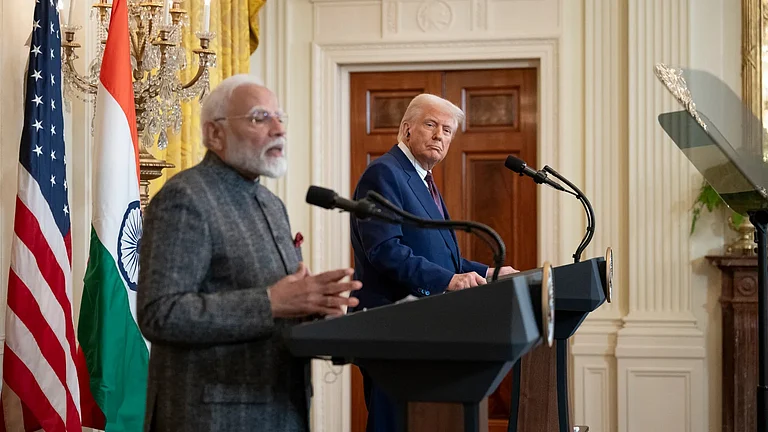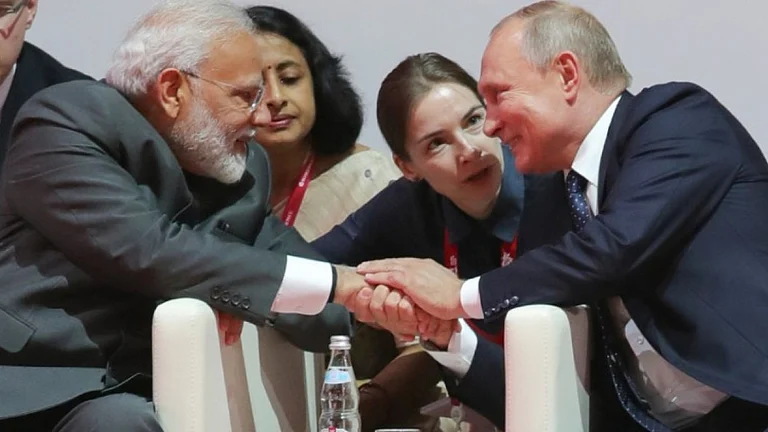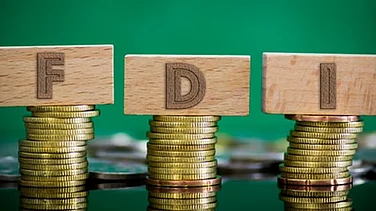
A 25% reciprocal tariff announced on August 1 could double with a new 25% duty on August 27.
The standoff ties into US pressure for access to Indian markets in corn, soybeans, almonds, and dairy.
PM Modi has vowed to shield Indian farmers, hardening New Delhi’s negotiating stance.
The fate US secondary tariffs on India hangs in limbo after President Donald Trump’s high-profile meeting with Russian President Vladimir Putin failed to reach a breakthrough on a Ukraine ceasefire.
The much-anticipated encounter in Alaska was seen as a possible step towards easing geopolitical tensions, but ended with ambiguity, leaving New Delhi facing the possibility of another punitive blow. Washington has already announced a 25% secondary tariff on Indian goods, set to take effect on August 27, in response to India’s continued purchase of Russian oil. This would sit on top of the 25% reciprocal tariff declared on August 1, effectively doubling the duty burden to 50%, among the highest across US trade partners.
When asked in a Fox News interview on whether the tariffs would indeed go ahead, Trump chose to remain ambiguous, yet again. “I don’t think we have to think about it right now. We may have to do so in two-three weeks but not right now. The meeting went very well,” he said.
For India, the dispute is not merely about tariffs on paper but the larger question of control over its energy policy. Oil imports from Russia remain a politically sensitive yet economically necessary choice. Washington, meanwhile, is using trade as leverage to curb Moscow’s finances.
The quarrel comes as trade negotiations between the two democracies stall. The US has been pressing for greater access to Indian markets in corn, soybeans, apples, almonds, ethanol and dairy. India however, has taken a protectionist stand on the issue, wary of the political cost and argued that lowering barriers would devastate its farmers.
Prime Minister Narendra Modi, in his Independence Day address, doubled down on that position. “If any policy is against India’s farmers, fishermen, cattle rearers, Modi is standing like a wall.”
Now, with less than a fortnight to the tariff deadline, businesses and policymakers are bracing for impact. For Indian exporters, the looming duties threaten to choke already strained supply chains. For the US too, raising the stakes with one of its key strategic partners in Asia risks alienating New Delhi at a time when US policymakers are eager to keep India close in countering China.































